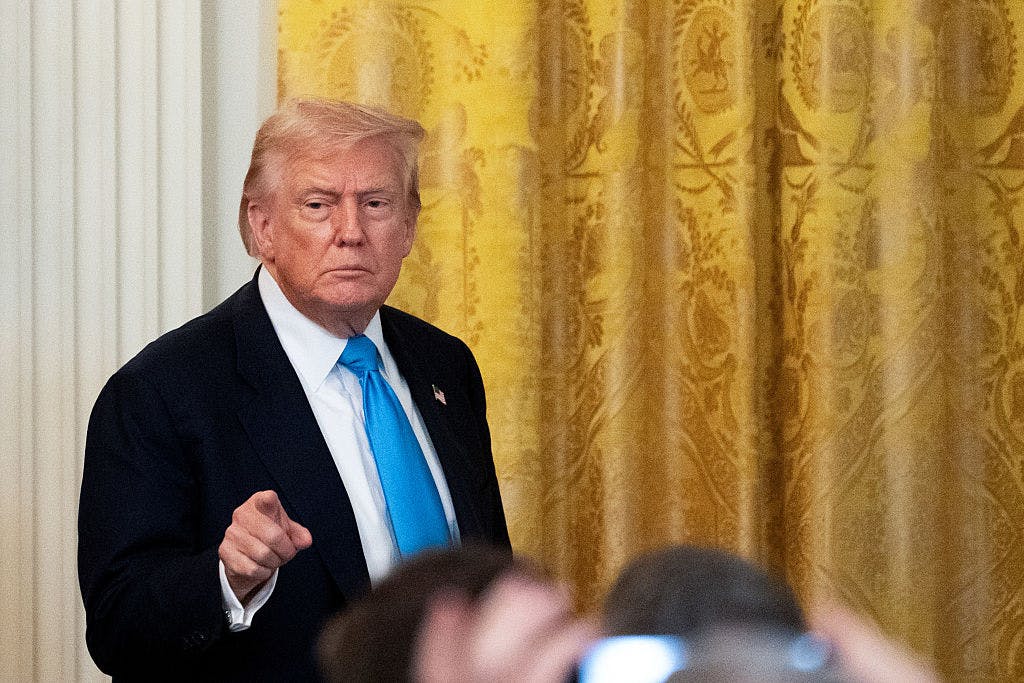President Donald Trump recently enacted a significant executive order, dramatically increasing tariffs on Canadian imports to 35% while simultaneously extending a crucial 90-day window for Mexico to negotiate a comprehensive trade agreement with the United States. This dual approach signals a determined shift in U.S. trade policy, prioritizing national interests and strategic partnerships.
These decisive actions align with the August 1 deadline, which mandated that countries with trade deficits with the United States finalize new agreements. While the tariffs are now in effect, most nations have been granted a grace period until August 7, allowing for further diplomatic engagement and potential renegotiations before the full impact is felt across global markets. This staggered implementation underscores a calculated strategy to exert economic pressure.
In a recent public statement, President Trump lauded the productive discussions with Mexican President Claudia Sheinbaum, expressing growing mutual understanding and a commitment to resolving complex border-related challenges. Conversely, he voiced strong condemnation for Canada’s perceived inaction on critical issues such as drug trafficking, highlighting a key differentiator in his administration’s diplomatic approach to its North American neighbors.
The existing trade framework with Mexico, America’s largest trading partner, already includes a formidable 25% tariff on goods linked to fentanyl trafficking across the southern U.S. border, an additional 25% tariff on vehicles, and a hefty 50% tariff on steel, aluminum, and copper imports. These measures underscore the administration’s focus on national security and economic leverage in bilateral relations.
Furthermore, Mexico has committed to promptly dismantle numerous non-tariff trade barriers, a move expected to significantly streamline commerce and foster a more open economic environment. Negotiations between the two nations are set to intensify over the next 90 days, with the explicit aim of finalizing and signing a new trade agreement within this defined timeframe, or potentially longer if discussions warrant it.
A pivotal aspect of these ongoing discussions includes enhanced cooperation on comprehensive border security. This encompasses collaborative efforts to combat drug trafficking, disrupt drug distribution networks, and address the multifaceted challenges posed by illegal immigration into the United States. Such measures are central to the administration’s broader policy objectives, emphasizing secure and regulated borders.
High-ranking U.S. officials, including Vice President JD Vance, Treasury Secretary Scott Bessent, and Secretary of State Marco Rubio, were notably present during President Trump’s critical telephone conversation with President Sheinbaum. Their involvement highlights the strategic importance and cross-departmental coordination underpinning these high-stakes economic and diplomatic initiatives.
Justifying the increased tariff on Canadian goods, President Trump cited Canada’s insufficient commitment to apprehending, seizing, detaining, and intercepting drug trafficking organizations, criminals, and illicit drugs. This rationale builds upon previous statements where he indicated that advancing a plan by Canadian Prime Minister Mark Carney to recognize a Palestinian state would complicate future trade negotiations, adding a geopolitical layer to the economic discussions.
Beyond North America, over a dozen other countries face varying tariff rates, ranging from 19% to 41%, set to take effect on August 7. All nations will be subjected to a baseline 10% tariff under the new White House plan. Separate, complex negotiations are also progressing with China, another one of America’s most significant trading partners, signifying a global recalibration of U.S. trade relations.






Leave a Reply